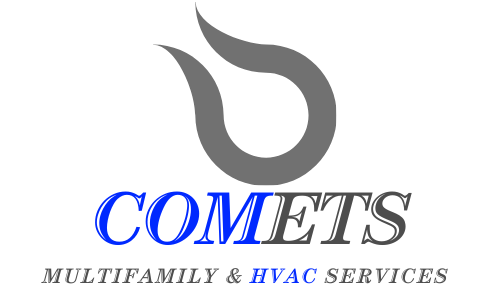While often overlooked, the design of your HVAC ductwork plays a crucial role in the efficiency and performance of your heating and cooling system. Proper ductwork design ensures that conditioned air reaches every room of your home efficiently, maximizing comfort and energy efficiency. In this article, we’ll delve into the fundamentals of ductwork design and explore strategies for maximizing efficiency and airflow in your home.
Understanding Ductwork Basics
Ductwork refers to the network of channels or passages that distribute heated or cooled air from your HVAC system throughout your home. It consists of supply ducts, which deliver conditioned air to rooms, and return ducts, which transport air back to the HVAC system for reconditioning. Properly sized and configured ductwork is essential for maintaining consistent airflow and temperature distribution.
Proper Sizing
One of the most critical aspects of ductwork design is ensuring proper sizing. Ducts that are too small can restrict airflow, leading to reduced efficiency and uneven heating or cooling. Conversely, oversized ducts can result in increased energy consumption and decreased system performance. A professional HVAC technician can calculate the appropriate duct size based on factors such as the size of your home, the layout of rooms, and the capacity of your HVAC system.
Optimizing Airflow
To maximize airflow and efficiency, ductwork should be designed with smooth, straight runs and minimal bends or twists. Sharp bends, transitions, and obstructions can create airflow resistance, reducing system efficiency and increasing energy consumption. Properly designed ductwork minimizes friction losses and pressure drops, allowing air to flow freely and efficiently throughout your home.
Balancing Airflow
Balancing airflow is essential for ensuring consistent temperatures in every room of your home. A well-designed ductwork system includes dampers and registers that can be adjusted to balance airflow and control temperature distribution. By adjusting dampers and registers, you can redirect airflow to areas that need it most, ensuring comfort throughout your home.
Sealing and Insulation
Proper sealing and insulation are critical for preventing air leaks and minimizing energy loss in ductwork systems. Leaky ducts can allow conditioned air to escape into unconditioned spaces, such as attics or crawl spaces, resulting in energy waste and reduced comfort. Sealing duct joints and connections with duct sealant or mastic and insulating ducts in unconditioned spaces helps maintain temperature consistency and improve energy efficiency.
Regular Maintenance
Regular maintenance is essential for ensuring optimal performance and efficiency of your ductwork system. Schedule periodic inspections by a qualified HVAC technician to check for leaks, obstructions, or damage and address any issues promptly. Additionally, changing air filters regularly helps maintain airflow and indoor air quality, reducing strain on your HVAC system and prolonging its lifespan.
Proper ductwork design is essential for maximizing efficiency, airflow, and comfort in your home. By understanding the basics of ductwork design and implementing strategies to optimize airflow, you can ensure that your HVAC system operates at peak performance and efficiency. From proper sizing and airflow balancing to sealing and insulation, each aspect of ductwork design plays a crucial role in maintaining a comfortable and energy-efficient home. If you’re unsure about the condition of your ductwork or need assistance with ductwork design, don’t hesitate to contact a professional HVAC technician for guidance and support.
At Comets Multifamily & HVAC Services our team of experienced technicians are committed to delivering top-quality service, from routine maintenance to emergency repairs, tailored to meet your unique needs. Contact us today if you’re ready to take your AC system to the next level!

